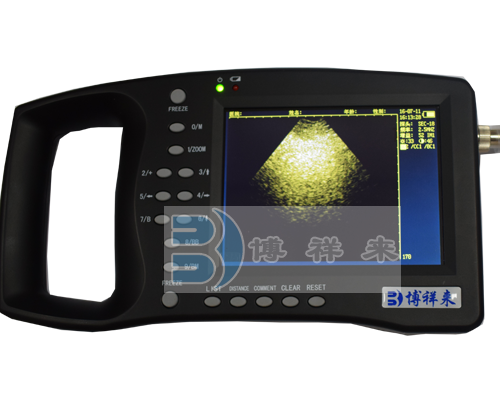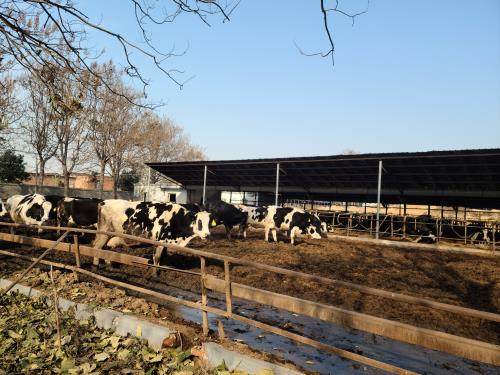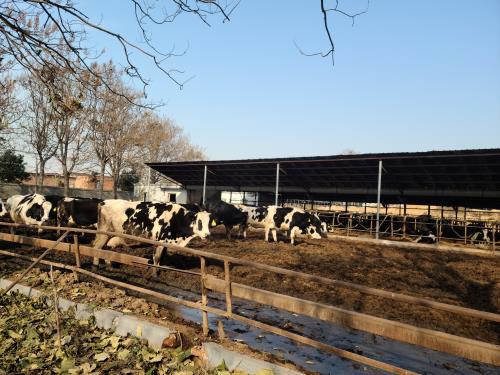Dietary fiber was added to a single or multiple reproductive cycles. In studies where high-fiber diets were fed for multiple reproductive cycles. The number of live born pigs and weaned piglets increased by 0.4 piglets, respectively. When using pig ultrasound, it was found that the litter size was higher than that of normal sows.
When sows were fed a single reproductive cycle, the litter size tended to decrease, which was observed by pig ultrasound. Similarly, whether the high-fiber diet was fed for only one reproductive cycle or for multiple reproductive cycles, the effect on the litter size of sows was also significant. The reason for the analysis was that there may be a difference in the time of fiber addition between one reproductive cycle and the subsequent reproductive cycle. We know that high fiber is added in a single reproductive cycle, and fiber diets are rarely fed to sows before mating. In studies of multiple reproductive cycles, sows can be fed high-fiber diets again before weaning and mating. By regulating the feed intake during lactation during the gestation period of the previous reproductive cycle, the reproductive performance of sows in the subsequent reproductive cycle may be indirectly improved through the regulation of reproduction and related metabolic hormones, that is, the hysteresis effect. In short, when using pig ultrasound for detection, the fiber content in the feed can effectively increase the litter size. And it can increase the number of weaned piglets, the weight of piglets at birth, the weight of piglets at weaning, and the feed intake during lactation.

Pig ultrasound detection of the effect of alfalfa on the litter size of sows
After adding fresh alfalfa to the sow's feed, the soybean flavonoids in it have the dual effects of promoting lactation and improving milk quality in the early lactation period for lactating sows due to its estrogenic activity. In the late lactation period, it can be found that the time interval between sow follicle generation is shortened, and the number of mature follicles can be found in pig ultrasound. Vitamins and flavonoids in alfalfa may have a great relationship with the number of piglets born, the number of live piglets, the number of weaned piglets, the daily weight gain of piglets, and the average daily weight gain of weaned litters. With the increase of the amount of fresh alfalfa added, the total number of newborn piglets, the number of live piglets and the number of weaned piglets gradually increased. When the pigs used B-ultrasound to check the early pregnancy of sows, the increase in the number of litters was found.
The rich vitamins and active ingredients in fresh alfalfa can significantly improve the reproductive performance of sows, which has very important practical promotion significance. The specific action pathways need further study. Replacing part of the concentrate with an appropriate amount of fresh alfalfa during sow pregnancy increases the apparent digestibility of crude protein, crude ash, neutral detergent fiber, acid detergent fiber, calcium and total phosphorus in the diet, improves the body condition of sows, and shortens the number of non-productive days of sows. Using pig B-ultrasound detection, it can be found that replacing concentrate with an appropriate amount of fresh alfalfa increases the total number of newborn piglets, the number of live piglets and the number of weaned piglets. The daily weight gain of weaned individuals and the weight gain of weaned litters have also been greatly improved.








